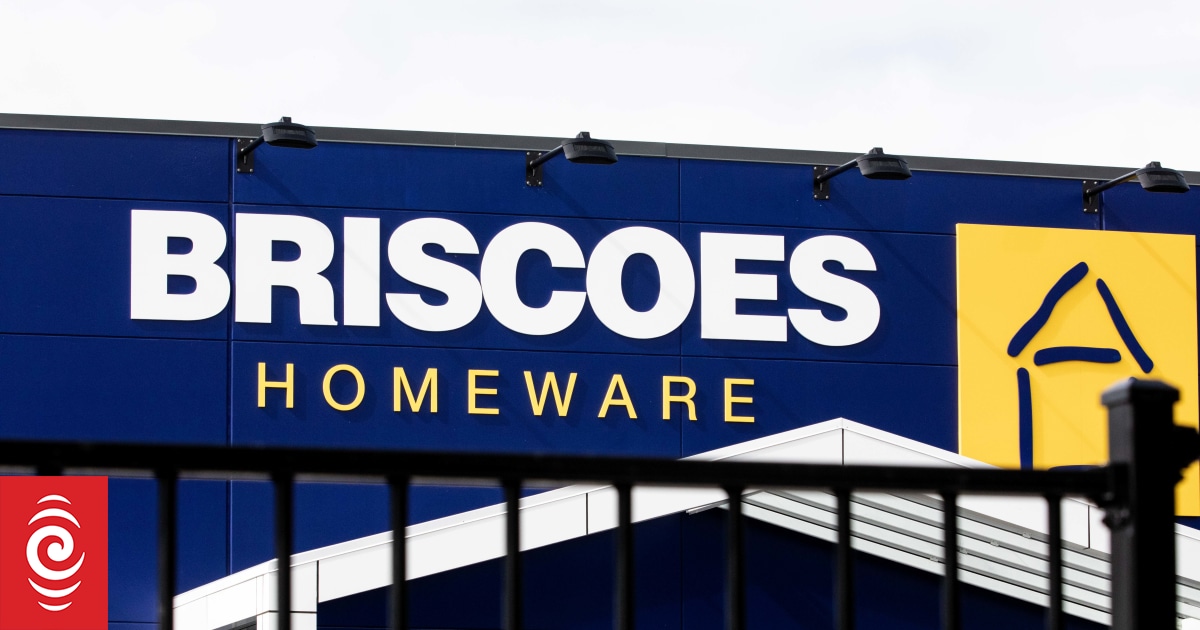In recent years, the events
industry has witnessed a notable shift towards the widespread adoption of
contactless payments. This shift is driven by a combination of factors,
including the demand for enhanced efficiency, faster transactions, and a
growing emphasis on safety. Particularly relevant in the context of ongoing
global health considerations, the touch-free nature of contactless transactions
aligns seamlessly with heightened health and safety protocols.
Efficiency
Beyond Expectations
One of the standout advantages
of incorporating contactless payments at events is the significant reduction in
queues and wait times. Attendees can swiftly make purchases – be it event
tickets, merchandise, or concessions – without the inconvenience of handling
cash or enduring long lines. This not only contributes to a more satisfying
experience for attendees but also positively impacts the operational efficiency
of event organizers.
Safety
First – The Touch-Free Advantage
With health and safety concerns
taking center stage, the touch-free advantage of contactless payments has
become a pivotal factor in their adoption. This technology provides a secure
and hygienic transactional environment, offering peace of mind to both consumers
and vendors. Advanced encryption and tokenization methods protect sensitive
information, reducing the risk of fraud and ensuring a secure financial
ecosystem.
Insights
through Data – Shaping Future Events
The integration of contactless
payment systems into event planning provides organizers with valuable insights
into consumer behavior. By analyzing transaction data, organizers can gain a
deeper understanding of attendee preferences, popular merchandise items, and
overall spending patterns. Opting for such a data-driven approach empowers organizers to
tailor future events to better meet the expectations of their audience,
creating a more personalized and engaging experience.
Vendor
Benefits – Efficiency and Accuracy
From a vendor’s perspective,
the shift to contactless payments brings notable benefits. Eliminating the need
for physical cash reduces the risk of errors and theft, streamlining accounting
processes. As such, vendors can benefit from a more accurate record of transactions,
contributing to improved financial management, something which not only simplifies
financial operations but also instills confidence in vendors participating in
events.
As the events industry
continues to evolve, the versatility of contactless payments becomes
increasingly evident. Whether at a large-scale conference or an intimate
concert venue, the adaptability of this technology accommodates various event
sizes and formats, meaning that the added flexibility positions contactless payments as a
sustainable and future-proof solution for the diverse needs of the events
landscape.
The
Strategic Implementation Challenge
However, the successful
implementation of contactless payment systems requires strategic planning and
collaboration among event organizers, vendors, and technology providers.
Adequate infrastructure, including NFC-enabled terminals and robust network connectivity,
is essential to ensure a smooth and reliable transactional experience for all
stakeholders involved.
The
Inevitable Future – Beyond Trend, Toward Transformation
While the adoption of
contactless payments at events undoubtedly enhances the attendee experience and
streamlines transactions, the broader implications of this trend reverberate
throughout the entire events industry: a transformative shift which extends beyond
operational efficiency and safety, touching on fundamental aspects that
redefine the industry’s landscape.
Redefining
Revenue Streams
Contactless payments open new
avenues for revenue generation within the events industry. Beyond traditional
ticket sales, organizers can leverage the data insights gathered from
transactions to refine their monetization strategies. Tailoring offerings based
on attendee spending patterns allows for the creation of targeted premium
experiences and exclusive packages, thereby diversifying revenue streams.
Seamless
Integration with Event Technology
The integration of contactless
payments seamlessly dovetails with the broader trend of embracing advanced
event technology. From mobile event apps to real-time analytics dashboards,
organizers can create a cohesive digital ecosystem. Having this kind of synergy not enhances the attendee experience while also providing organizers with
comprehensive tools to manage, analyze, and optimize various aspects of their
events.
Data-Driven
Personalization and Engagement
The wealth of data generated
through contactless transactions serves as a catalyst for personalized
experiences. Event organizers can leverage this data to craft tailored
marketing campaigns, deliver personalized recommendations, and curate content
that resonates with specific attendee interests. In fact, data-driven
personalization not only deepens attendee engagement but also fosters a sense
of connection with the event.
Evolution
of Sponsorship Models
Contactless payments introduce
new dimensions to sponsorship models in the events industry. Sponsors can gain
unprecedented visibility into attendee behavior, allowing for targeted brand
placements and personalized promotional activities. This data-driven approach
not only enhances the sponsor-attendee interaction but also provides sponsors
with tangible insights into the effectiveness of their engagement strategies.
Enhanced
Accessibility and Inclusivity
The shift towards contactless
payments aligns with the industry’s commitment to enhancing accessibility and
inclusivity. The touch-free nature of transactions caters to individuals with
various needs, including those with mobility challenges or specific health
concerns. By prioritizing inclusivity, the events industry reinforces its
commitment to providing accessible and enjoyable experiences for all attendees.
Shaping
Future Event Designs and The Dawn of Hybrid Event Experiences
Contactless payments contribute
to shaping the very design and layout of future events. The reduced need for
physical infrastructure associated with traditional payment methods allows for
more flexible venue configurations. Organizers can thus optimize spaces for
improved flow, creating dynamic environments that maximize attendee engagement
and overall satisfaction.
Moreover, the contactless trend
intersects with the rising popularity of hybrid event formats. As events
increasingly incorporate both in-person and virtual components, the efficiency
and convenience of contactless transactions become pivotal in creating
seamless, integrated experiences for attendees participating from different
locations.
Conclusion
Ultimately, the embrace of
contactless payments serves as a catalyst for ongoing innovation and adaptation
within the events industry. This trend propels the industry towards a more
tech-savvy, data-driven future, where continuous improvement and agility in
adopting emerging technologies become integral to staying ahead in a rapidly
evolving landscape. The industry’s response to contactless payments exemplifies
its resilience and commitment to delivering exceptional, forward-thinking event
experiences.
In recent years, the events
industry has witnessed a notable shift towards the widespread adoption of
contactless payments. This shift is driven by a combination of factors,
including the demand for enhanced efficiency, faster transactions, and a
growing emphasis on safety. Particularly relevant in the context of ongoing
global health considerations, the touch-free nature of contactless transactions
aligns seamlessly with heightened health and safety protocols.
Efficiency
Beyond Expectations
One of the standout advantages
of incorporating contactless payments at events is the significant reduction in
queues and wait times. Attendees can swiftly make purchases – be it event
tickets, merchandise, or concessions – without the inconvenience of handling
cash or enduring long lines. This not only contributes to a more satisfying
experience for attendees but also positively impacts the operational efficiency
of event organizers.
Safety
First – The Touch-Free Advantage
With health and safety concerns
taking center stage, the touch-free advantage of contactless payments has
become a pivotal factor in their adoption. This technology provides a secure
and hygienic transactional environment, offering peace of mind to both consumers
and vendors. Advanced encryption and tokenization methods protect sensitive
information, reducing the risk of fraud and ensuring a secure financial
ecosystem.
Insights
through Data – Shaping Future Events
The integration of contactless
payment systems into event planning provides organizers with valuable insights
into consumer behavior. By analyzing transaction data, organizers can gain a
deeper understanding of attendee preferences, popular merchandise items, and
overall spending patterns. Opting for such a data-driven approach empowers organizers to
tailor future events to better meet the expectations of their audience,
creating a more personalized and engaging experience.
Vendor
Benefits – Efficiency and Accuracy
From a vendor’s perspective,
the shift to contactless payments brings notable benefits. Eliminating the need
for physical cash reduces the risk of errors and theft, streamlining accounting
processes. As such, vendors can benefit from a more accurate record of transactions,
contributing to improved financial management, something which not only simplifies
financial operations but also instills confidence in vendors participating in
events.
As the events industry
continues to evolve, the versatility of contactless payments becomes
increasingly evident. Whether at a large-scale conference or an intimate
concert venue, the adaptability of this technology accommodates various event
sizes and formats, meaning that the added flexibility positions contactless payments as a
sustainable and future-proof solution for the diverse needs of the events
landscape.
The
Strategic Implementation Challenge
However, the successful
implementation of contactless payment systems requires strategic planning and
collaboration among event organizers, vendors, and technology providers.
Adequate infrastructure, including NFC-enabled terminals and robust network connectivity,
is essential to ensure a smooth and reliable transactional experience for all
stakeholders involved.
The
Inevitable Future – Beyond Trend, Toward Transformation
While the adoption of
contactless payments at events undoubtedly enhances the attendee experience and
streamlines transactions, the broader implications of this trend reverberate
throughout the entire events industry: a transformative shift which extends beyond
operational efficiency and safety, touching on fundamental aspects that
redefine the industry’s landscape.
Redefining
Revenue Streams
Contactless payments open new
avenues for revenue generation within the events industry. Beyond traditional
ticket sales, organizers can leverage the data insights gathered from
transactions to refine their monetization strategies. Tailoring offerings based
on attendee spending patterns allows for the creation of targeted premium
experiences and exclusive packages, thereby diversifying revenue streams.
Seamless
Integration with Event Technology
The integration of contactless
payments seamlessly dovetails with the broader trend of embracing advanced
event technology. From mobile event apps to real-time analytics dashboards,
organizers can create a cohesive digital ecosystem. Having this kind of synergy not enhances the attendee experience while also providing organizers with
comprehensive tools to manage, analyze, and optimize various aspects of their
events.
Data-Driven
Personalization and Engagement
The wealth of data generated
through contactless transactions serves as a catalyst for personalized
experiences. Event organizers can leverage this data to craft tailored
marketing campaigns, deliver personalized recommendations, and curate content
that resonates with specific attendee interests. In fact, data-driven
personalization not only deepens attendee engagement but also fosters a sense
of connection with the event.
Evolution
of Sponsorship Models
Contactless payments introduce
new dimensions to sponsorship models in the events industry. Sponsors can gain
unprecedented visibility into attendee behavior, allowing for targeted brand
placements and personalized promotional activities. This data-driven approach
not only enhances the sponsor-attendee interaction but also provides sponsors
with tangible insights into the effectiveness of their engagement strategies.
Enhanced
Accessibility and Inclusivity
The shift towards contactless
payments aligns with the industry’s commitment to enhancing accessibility and
inclusivity. The touch-free nature of transactions caters to individuals with
various needs, including those with mobility challenges or specific health
concerns. By prioritizing inclusivity, the events industry reinforces its
commitment to providing accessible and enjoyable experiences for all attendees.
Shaping
Future Event Designs and The Dawn of Hybrid Event Experiences
Contactless payments contribute
to shaping the very design and layout of future events. The reduced need for
physical infrastructure associated with traditional payment methods allows for
more flexible venue configurations. Organizers can thus optimize spaces for
improved flow, creating dynamic environments that maximize attendee engagement
and overall satisfaction.
Moreover, the contactless trend
intersects with the rising popularity of hybrid event formats. As events
increasingly incorporate both in-person and virtual components, the efficiency
and convenience of contactless transactions become pivotal in creating
seamless, integrated experiences for attendees participating from different
locations.
Conclusion
Ultimately, the embrace of
contactless payments serves as a catalyst for ongoing innovation and adaptation
within the events industry. This trend propels the industry towards a more
tech-savvy, data-driven future, where continuous improvement and agility in
adopting emerging technologies become integral to staying ahead in a rapidly
evolving landscape. The industry’s response to contactless payments exemplifies
its resilience and commitment to delivering exceptional, forward-thinking event
experiences.
Note: This article have been indexed to our site. We do not claim legitimacy, ownership or copyright of any of the content above. To see the article at original source Click Here













